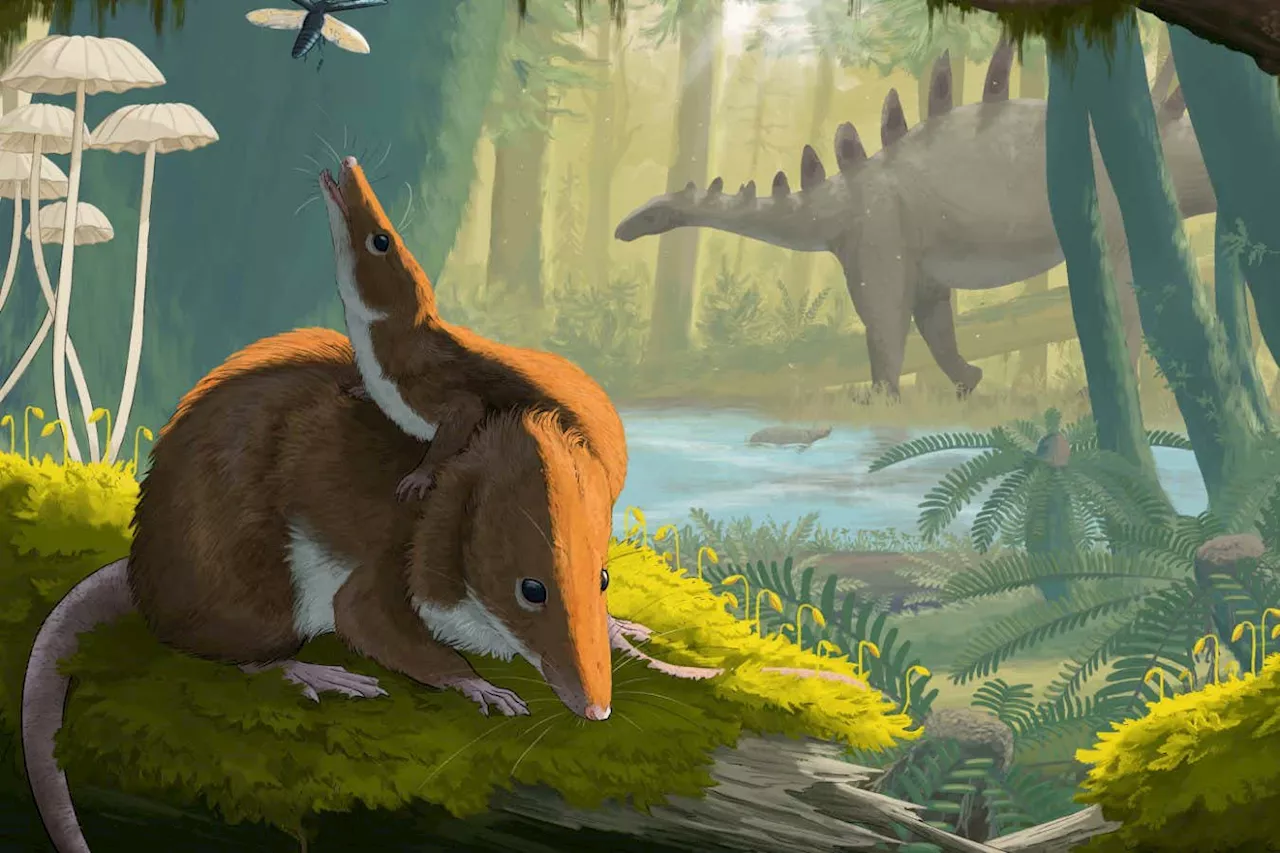Mammals, from the mighty blue whale to the tiny shrew, inhabit nearly every corner of our planet. Their remarkable adaptability to different environments has long fascinated scientists, with each species developing unique traits to survive and thrive.
What the unique shape of the human heart tells us about our evolution retrieved 21 August 2024 from https://phys.org/news/2024-08-unique-human-heart-evolution.html
This document is subject to copyright. Apart from any fair dealing for the purpose of private study or research, no part may be reproduced without the written permission. The content is provided for information purposes only.1 hour agoUse this form if you have come across a typo, inaccuracy or would like to send an edit request for the content on this page. For general inquiries, please use ourThank you for taking time to provide your feedback to the editors.
Your feedback is important to us. However, we do not guarantee individual replies due to the high volume of messages.to let the recipient know who sent the email. Neither your address nor the recipient's address will be used for any other purpose. The information you enter will appear in your e-mail message and is not retained by Phys.org in any form.Get weekly and/or daily updates delivered to your inbox.
Physics News Science News Technology News Physics Materials Nanotech Technology Science
United States Latest News, United States Headlines
Similar News:You can also read news stories similar to this one that we have collected from other news sources.
 Study shows egg-laying mammals are unique, inside and outThe identification of a key gene in monotremes has increased our understanding of why the stomachs of platypuses and echidnas are atypically small, non-acidic, and, in the instance of platypuses, lack a pyloric sphincter.
Study shows egg-laying mammals are unique, inside and outThe identification of a key gene in monotremes has increased our understanding of why the stomachs of platypuses and echidnas are atypically small, non-acidic, and, in the instance of platypuses, lack a pyloric sphincter.
Read more »
 Baby teeth reveal surprisingly long lifespans of small Jurassic mammalsLaura is a science news writer, covering a wide variety of subjects, but she is particularly fascinated by all things aquatic, paleontology, nanotechnology, and exploring how science influences daily life. Laura is a proud former resident of the New Jersey shore, a competitive swimmer, and a fierce defender of the Oxford comma.
Baby teeth reveal surprisingly long lifespans of small Jurassic mammalsLaura is a science news writer, covering a wide variety of subjects, but she is particularly fascinated by all things aquatic, paleontology, nanotechnology, and exploring how science influences daily life. Laura is a proud former resident of the New Jersey shore, a competitive swimmer, and a fierce defender of the Oxford comma.
Read more »
 Scientists Show How Bird Flu Spreads Between Mammals — As H5N1 Pandemic Fears GrowRobert Hart is a senior reporter for Forbes covering science, technology and health with a frequent focus on artificial intelligence, space, weight loss drugs and emerging technologies. He joined Forbes in 2020 and is based in London. Rob has covered everything from the billionaire space race, the health impacts of overturning Roe v.
Scientists Show How Bird Flu Spreads Between Mammals — As H5N1 Pandemic Fears GrowRobert Hart is a senior reporter for Forbes covering science, technology and health with a frequent focus on artificial intelligence, space, weight loss drugs and emerging technologies. He joined Forbes in 2020 and is based in London. Rob has covered everything from the billionaire space race, the health impacts of overturning Roe v.
Read more »
 Jurassic fossils show modern mammals grow faster than ancient onesThe 166-million-year-old fossils of an adult and a juvenile of the same extinct mammal species reveal that they had longer 'childhoods' and lifespans than similar species today
Jurassic fossils show modern mammals grow faster than ancient onesThe 166-million-year-old fossils of an adult and a juvenile of the same extinct mammal species reveal that they had longer 'childhoods' and lifespans than similar species today
Read more »
 InnovationRx: Scientists Show How Bird Flu Spreads Between MammalsKatie Jennings is a senior writer at Forbes covering healthcare, technology and AI and a co-author of the InnovationRX newsletter. She joined Forbes in 2020 and is based in Jersey City.
InnovationRx: Scientists Show How Bird Flu Spreads Between MammalsKatie Jennings is a senior writer at Forbes covering healthcare, technology and AI and a co-author of the InnovationRX newsletter. She joined Forbes in 2020 and is based in Jersey City.
Read more »
 Isle of Skye discovery suggests ancient mammals had longer lifespans than modern counterpartsA team of paleontologists and natural science specialists from the U.K., the U.S. and France reports that ancient fossil evidence uncovered on Scotland's Isle of Skye suggests small mammals living millions of years ago may have had longer developmental periods and lifespans than those alive today.
Isle of Skye discovery suggests ancient mammals had longer lifespans than modern counterpartsA team of paleontologists and natural science specialists from the U.K., the U.S. and France reports that ancient fossil evidence uncovered on Scotland's Isle of Skye suggests small mammals living millions of years ago may have had longer developmental periods and lifespans than those alive today.
Read more »
